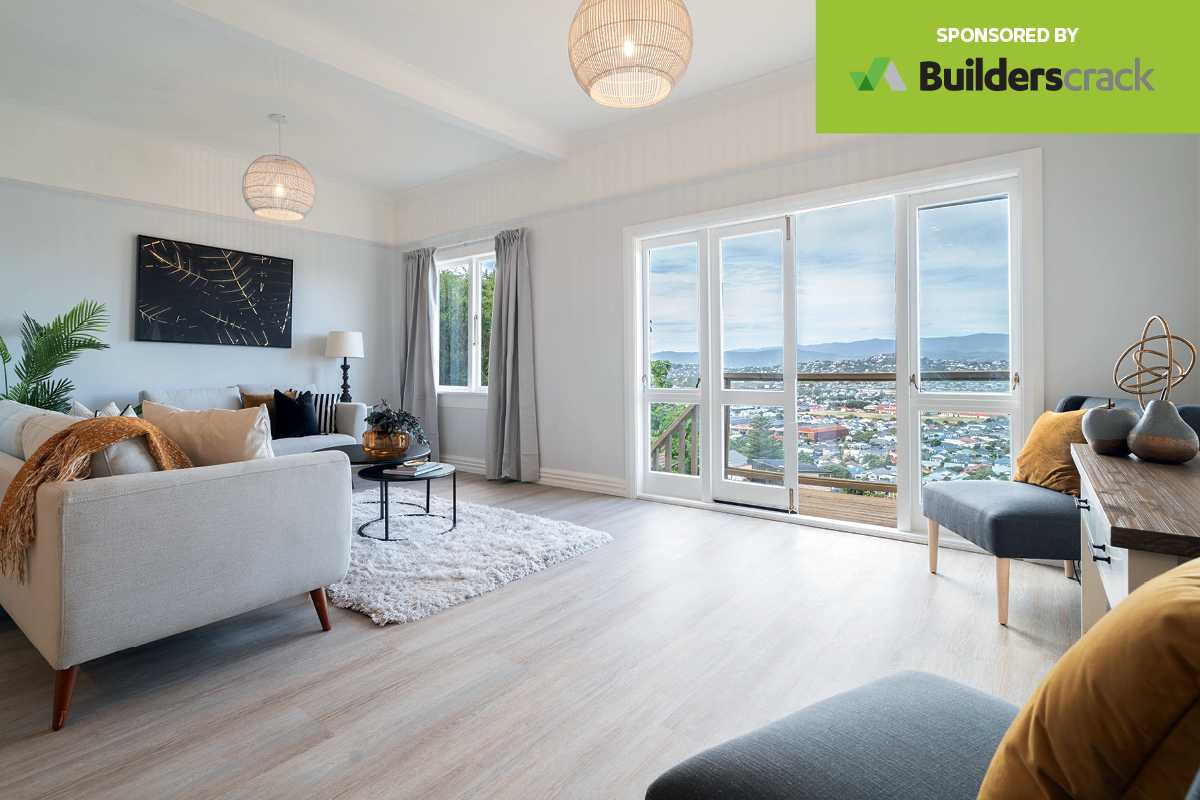
How renos can help you borrow
Renovations can be extremely useful for investors wanting to grow their portfolios, as Peter Norris from Catalyst Financial explains.
1 April 2023
‘Just because you don’t have enough equity right now, doesn’t mean you can’t manufacture some more by looking to add value to existing assets’
I was chatting to a friend of mine recently who owns a renovation and landscape business. Unsurprisingly, I asked him how business was and if they were busy or not. Given the state of the interest rates and how difficult it is to borrow money now, I expected the answer to be that business was quiet. However, not the case. His business is flat out busy and continuing to grow.
The fact is, that regardless of the market, up or down, there’s always a market for renovations. The reason is that not all renovations relate purely to emotional reasons. What I mean is that renovations aren’t all about making your owner occupied home a more enjoyable property. In fact, an entire sector of our clients is investing in properties that they can then renovate in order to add value or increase rental yield.
If you are an investor, then there are several ways that renovating can assist your growth plans, even if it means taking on more borrowing to do so.
INCREASING VALUE, INCREASING EQUITY
One of the main factors when it comes to borrowing is your deposit. Or in other words, your equity. If you’re looking to continue buying properties, then chances are you will need to leverage equity in your existing properties in order to fund the deposit.
If you’re buying an existing investment, then you’ll need to find a 40 per cent deposit from your existing equity. Buying a new build? Then you’ll need a 20 per cent deposit. If you don’t quite have enough equity in your existing properties, then one option could be to renovate those properties in order to increase the value.
Let’s say you have two existing investment properties and each of those are valued at $600,000. Then you have lending of $300,000 against each of them. Because you can borrow 60 per cent of the value of those properties ($360,000 each), you would have total useable equity of $120,000. The useable equity is essentially the amount you can borrow to put towards a deposit. Now, a $120,000 deposit is only going to allow for a 40% deposit on a $300,000 property, which isn’t going
to get you much.
But you may not have tapped into all the potential of those existing properties. Let’s say you do a quick renovation on each of those and spend $30,000 on things like adding a room, or cosmetic renovations that don’t cost a lot. In doing that, you bring the value of each of those properties to $700,000. That small cost increases your useable equity to $180,000 which means that you now have a 40 per cent deposit on a $450,000 purchase. Now you’re starting to have some options.
Obviously, these numbers are pretty hypothetical, but you get the picture. Just because you don’t have enough equity right now, doesn’t mean you can’t manufacture some more by looking to add value to existing assets.
INCREASING YIELD, INCREASING SERVICEABILITY
The second factor when it comes to borrowing is your serviceability. What this means is, how much your income will allow you to borrow. The income we can use for your serviceability includes – but not limited to – things like, what you get from your paid work (i.e. salary or self-employed profit), boarder or flatmate income, or rental income from investment properties.
When looking to buy an investment property, the bank will add all this income together, plus the potential rent from your new purchase. If all of this gives you sufficient income to meet the bank servicing criteria, and you have enough deposit, then you’re all sorted! But if you don’t quite have enough income then the lending will be declined. Whenever this happens, we will look at our clients existing properties and see whether they can do renovations in order to increase the rental income.
ADDING VALUE
Let’s use a similar scenario to the one used previously and assume that you have two investment properties. Rather than looking at the value, we will say that the rental income from those two properties is $450 per week each. By using a cashflow hacking technique you may be able to do things like, add a room, a minor dwelling, or a cabin. In doing so, you could not only increase the rental income from the existing dwelling but potentially turn the overall property into a multi-income investment and significantly increase that rental yield. This strategy could increase the rent from those two properties, from $450 per week each, up to $900 or $1000 per week each. This might sound crazy but it’s a real strategy that we help clients with regularly.
That shift in rental yield will make a significant difference to your maximum borrowing and could be the answer you need to grow your portfolio. Reviewing your existing portfolio should be on your list of things to do often. If you’re short on equity, can you do anything to increase the value? Or if you’re short on income, can you cashflow hack your properties to improve your servicing?


